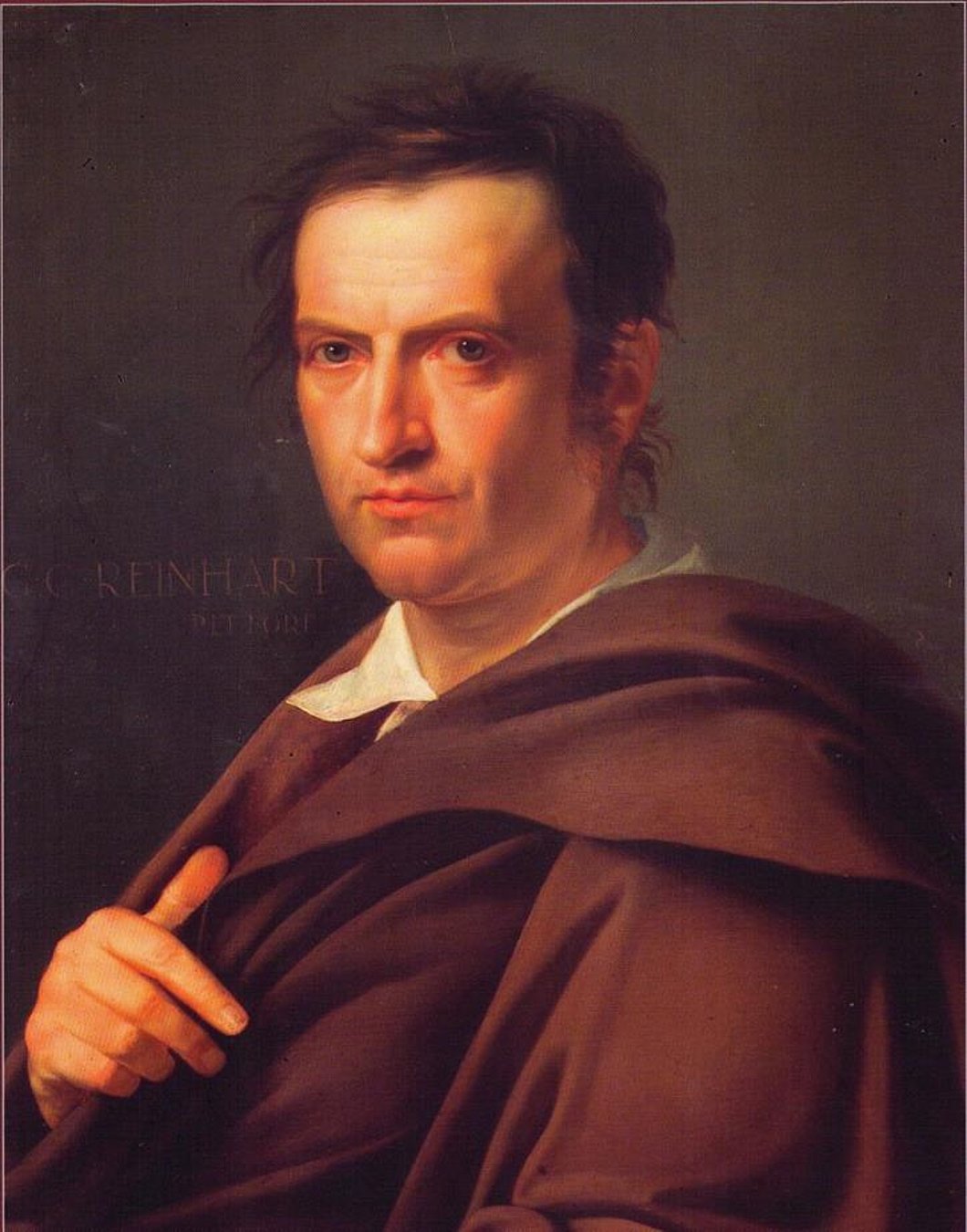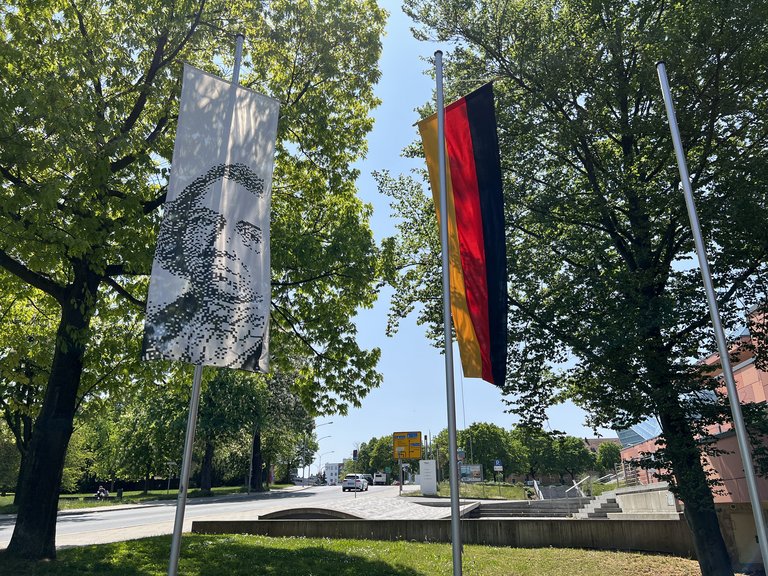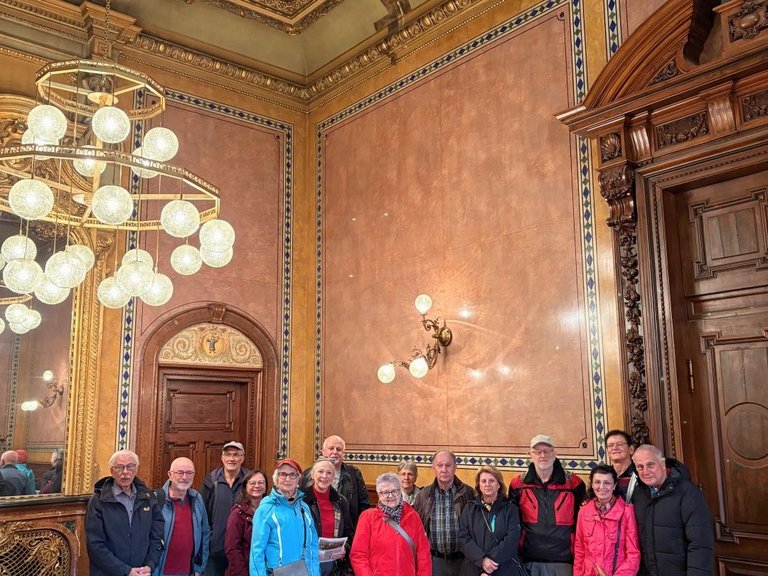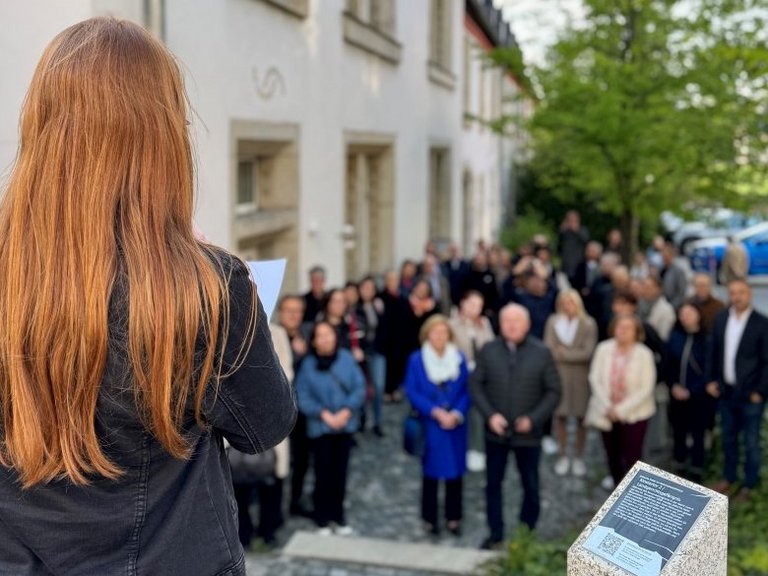Johann Christian Reinhart
J.C.R. - A painter and draughtsman between Hof and Rome
Johann Christian Reinhart was born in Hof an der Saale in 1761. After his school years, he received his artistic training in Leipzig and Dresden. As a friend of Friedrich Schiller, he was close to the Sturm und Drang movement in his youth, although he worked at the court of George I of Saxe-Meiningen from 1786. In 1789 Reinhart went to Rome and remained in the Eternal City until his death in 1847. He developed into one of the most respected artists of the German colony and became a member of the academies in Berlin and Munich. Ludwig I appointed him Royal Bavarian court painter in 1839. Reinhart's subject was the landscape, which he created in the media of drawing, etching and painting. He used various forms of landscape art to express his artistic ideas. Reinhart is one of the most important landscape artists.

Works
In his oeuvre we find idylls in the succession of Salomon Gessner, landscapes that prove an engagement with Dutch art of the 17th century, views after nature and different types of ideal landscape compositions. Together with his friend Joseph Anton Koch, Reinhart redeveloped a landscape form known as the heroic ideal landscape. Art theory understands this to mean rough and forbidding landscapes in which only a strong human race can assert itself. With these landscape paintings Reinhart proves to be a main representative of international classicism in Rome.
The range of his landscape forms in combination with his outstanding artistic quality makes Reinhart one of the most important landscape artists of the time around 1800.
In the city of Hof there is the largest exhibition of his works after the old Pinakothek in the Reinhart Cabinet.




